Romania, a captivating destination in Southeastern Europe, offers travelers a diverse transport system that connects its vibrant cities, charming villages, and breathtaking natural landscapes. For tourists, navigating Romania’s transport network can be both an adventure and a glimpse into the country’s rich culture and history. From the cobblestone streets of medieval towns to the serene shores of the Black Sea, Romania’s transport options cater to a variety of travel needs and preferences.
For road travelers, the extensive network of national and local roads provides access to even the most remote corners of the country. However, the growing highway system, including major routes like the A1 and A2, makes exploring Romania’s iconic landmarks and bustling cities easier than ever. For those seeking a scenic journey, the Transfăgărășan Highway offers breathtaking views of the Carpathian Mountains.
Rail travel is another popular option, with trains connecting major cities like Bucharest, Cluj-Napoca, and Brașov, as well as offering picturesque routes through Romania’s countryside. Low-cost airlines and international airports ensure that distant regions are also easily accessible, while public transportation in cities like Bucharest and Iași provides efficient options for urban exploration.
Whether you’re planning to hike in the Carpathians, explore Transylvania’s historic castles, or relax along the Danube Delta, Romania’s transport system is your gateway to an unforgettable adventure. Get ready to embark on a journey through this fascinating country, where every mode of transport unveils a new story.
1. Road Transport

Road transport is the backbone of Romania’s transport network, facilitating the movement of goods and passengers across the country. Romania has a total road network of over 86,000 kilometers, including national, county, and local roads.
1.1 Highways and National Roads
Romania’s highway network is underdeveloped compared to Western European standards, but efforts to expand it have gained momentum in recent years. The country’s major highways include the A1 (linking Bucharest to Nadlac on the Hungarian border), A2 (connecting Bucharest to the Black Sea port of Constanța), and A3 (partially completed, connecting Bucharest to the northwestern city of Cluj-Napoca). National roads, marked with “DN” followed by a number, serve as primary routes connecting major cities and regions.
1.2 Rural Roads and Challenges
In rural areas, road quality varies significantly. Many villages are accessible only via narrow, unpaved roads, which can be problematic during adverse weather conditions. Investments are being made to modernize rural roadways, but progress is slow due to funding constraints and administrative hurdles.
1.3 Road Transport Challenges
Romania faces several challenges in its road transport sector, including:
- Congestion: Urban centers like Bucharest experience heavy traffic congestion, especially during peak hours.
- Road Safety: Romania has one of the highest road fatality rates in the EU, attributed to poor road conditions, speeding, and inadequate enforcement of traffic laws.
- Infrastructure Maintenance: Many roads require repairs and modernization to meet EU standards.
2. Rail Transport
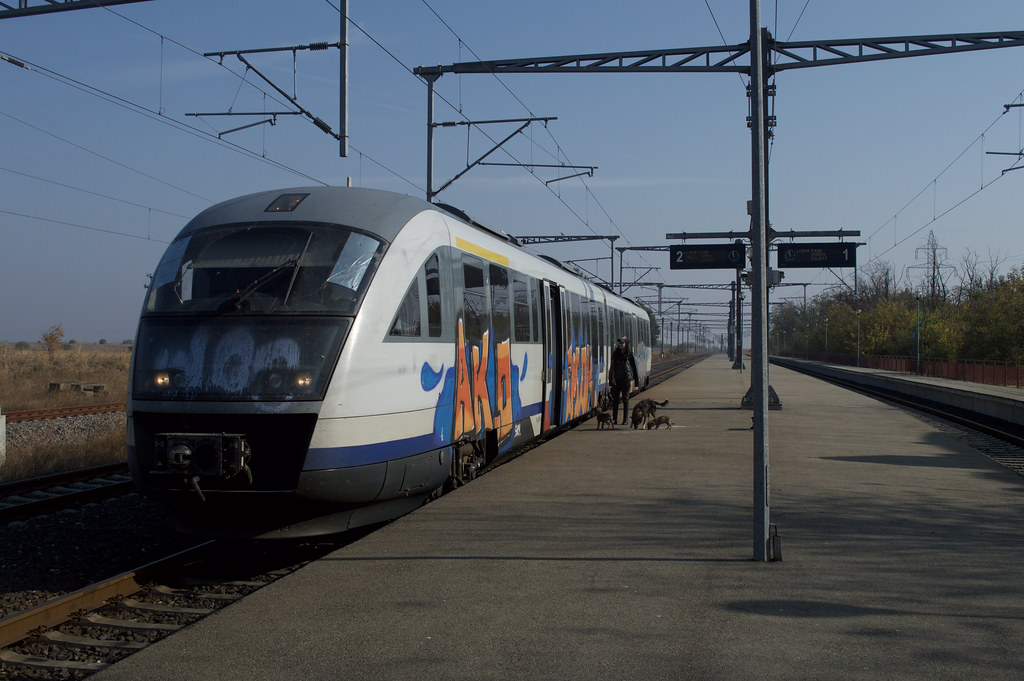
Romania’s rail network, one of the largest in Europe, spans over 20,000 kilometers and plays a critical role in freight and passenger transport. Operated primarily by CFR (Căile Ferate Române), the national railway company, the system connects major cities and international destinations.
2.1 Passenger Rail Services
CFR operates three classes of passenger trains:
- InterCity (IC): High-speed, long-distance trains connecting major cities.
- InterRegio (IR): Regional trains offering medium- to long-distance services.
- Regio (R): Local trains serving smaller towns and rural areas.
Despite its extensive reach, the rail system suffers from aging infrastructure, slow speeds, and delays. Modernization projects are underway, including upgrading rail tracks, electrification, and purchasing modern rolling stock.
2.2 Freight Rail Services
Romania’s rail freight sector is a key component of its logistics network, transporting goods such as coal, steel, and agricultural products. Private operators have entered the market, increasing competition and efficiency.
2.3 Challenges in Rail Transport
- Aging Infrastructure: Many tracks, bridges, and stations are outdated and require substantial investment.
- Slow Speeds: Average train speeds are among the lowest in Europe, reducing competitiveness.
- Funding Shortages: Limited financial resources hinder large-scale modernization projects.
3. Air Transport
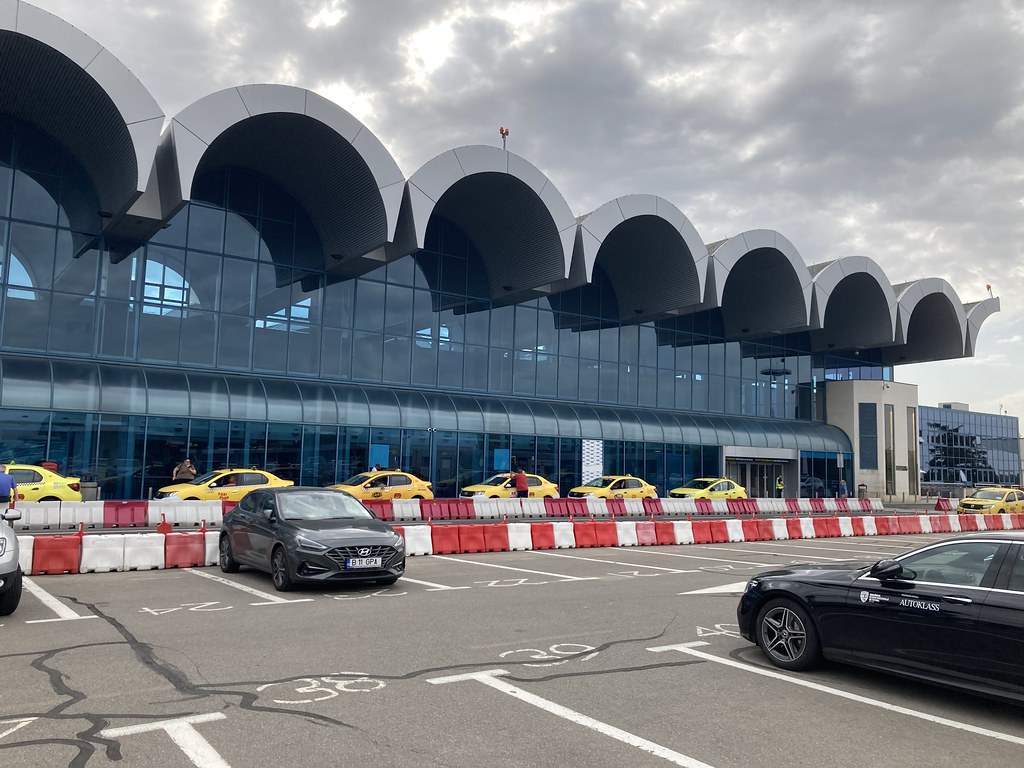
Air transport in Romania has seen significant growth, driven by increasing passenger demand and the expansion of low-cost airlines. The country’s strategic location makes it a vital hub for connecting Eastern and Western Europe.
3.1 Major Airports
Romania has 16 international airports, the most prominent being:
- Henri Coandă International Airport (OTP): Located near Bucharest, it is the country’s busiest airport, handling millions of passengers annually.
- Avram Iancu International Airport (CLJ): Serving Cluj-Napoca, this airport is a key gateway to Transylvania.
- Traian Vuia International Airport (TSR): Located in Timișoara, it serves western Romania and is an important cargo hub.
- Mihail Kogălniceanu International Airport (CND): Near Constanța, this airport supports tourism to the Black Sea coast.
3.2 Low-Cost Airlines
The rise of low-cost carriers such as Wizz Air, Ryanair, and Blue Air has made air travel more accessible to Romanians. These airlines offer affordable connections to major European cities, contributing to the growth of the tourism sector.
3.3 Challenges in Air Transport
- Airport Capacity: Some airports face congestion during peak travel seasons.
- Infrastructure Development: Modernizing airport facilities and expanding runways are ongoing priorities.
- Environmental Concerns: The aviation industry is under pressure to adopt sustainable practices.
4. Maritime and River Transport
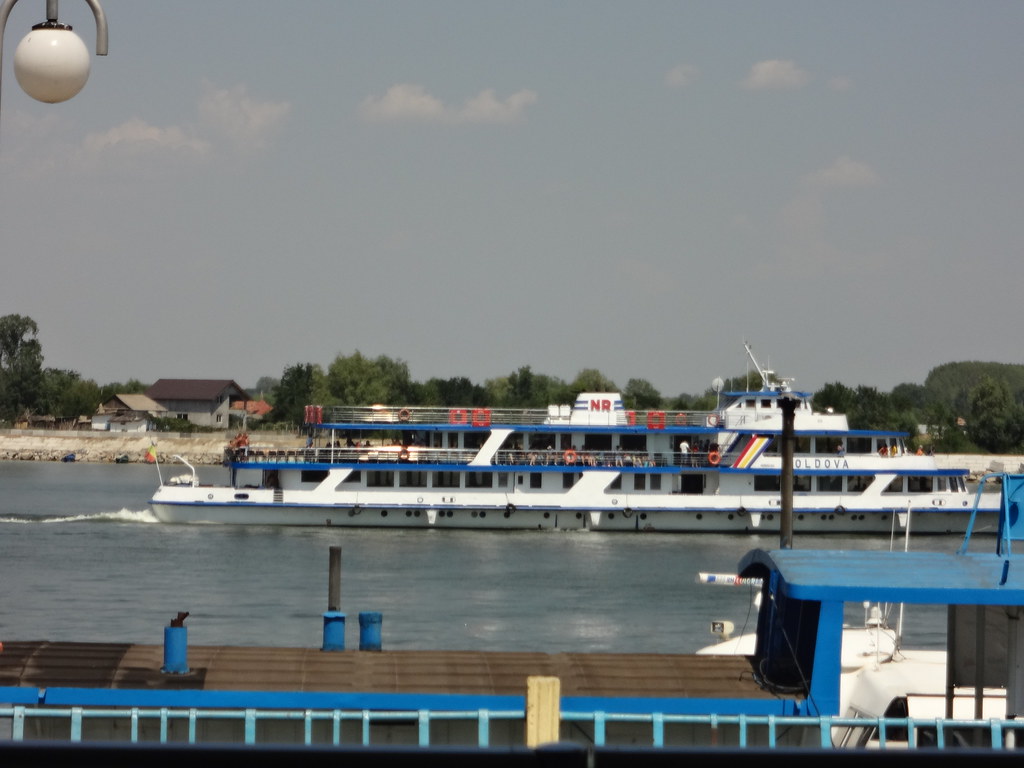
Romania’s location along the Black Sea and the Danube River provides significant opportunities for maritime and river transport.
4.1 Black Sea Ports
Constanța, Romania’s largest port, is a key gateway for international trade. It is one of the largest ports in Europe, handling container shipments, bulk cargo, and oil. Other ports along the Black Sea, such as Mangalia and Midia, support smaller-scale operations.
4.2 Danube River Transport
The Danube River, Europe’s second-longest river, flows through Romania for over 1,000 kilometers. It serves as a vital waterway for transporting goods and passengers. Key ports along the Danube include Galați, Brăila, and Tulcea. River cruises are also a popular tourist activity, offering scenic journeys through Romania’s natural landscapes.
4.3 Challenges in Maritime and River Transport
- Dredging and Maintenance: Maintaining navigable waterways requires ongoing investment.
- Environmental Concerns: Balancing economic activity with the preservation of ecosystems is a priority.
- Port Modernization: Upgrading port facilities is necessary to accommodate larger vessels and increase efficiency.
5. Public Transportation
Public transportation in Romania varies widely between urban and rural areas. Cities offer a range of options, while rural areas rely heavily on minibusses and private vehicles.
5.1 Urban Public Transport
Major cities like Bucharest, Cluj-Napoca, Timișoara, and Iași have well-developed public transport systems, including buses, trams, trolleybuses, and metros.
- Bucharest Metro: Operated by Metrorex, the Bucharest Metro is the only underground system in the country, with five lines and over 60 stations. It is a vital mode of transport for the city’s residents.
- Trams and Buses: Operated by local public transport companies, trams and buses are widely used in cities. Bucharest’s STB (Societatea de Transport București) is the largest operator.
5.2 Rural Public Transport
In rural areas, public transport is limited. Minibusses, known as “maxitaxis,” provide essential connections between villages and nearby towns. However, their frequency and reliability can be inconsistent.
5.3 Challenges in Public Transport
- Overcrowding: Public transport systems in cities often struggle with overcrowding during peak hours.
- Aging Fleet: Many buses and trams are outdated, requiring replacement with modern, eco-friendly vehicles.
- Accessibility: Public transport is less accessible in rural and remote areas.
6. Future Developments and Investments
Romania’s government, supported by EU funding, has launched several initiatives to modernize its transport infrastructure. Key projects include:
- Highway Expansion: Completing the A1, A3, and other major highways to improve connectivity.
- Railway Modernization: Upgrading tracks, electrification, and introducing high-speed trains.
- Airport Development: Expanding and modernizing airports to accommodate growing passenger numbers.
- Green Transport Initiatives: Promoting electric vehicles, cycling infrastructure, and sustainable public transport systems.
Romania’s transport system is a vital component of its economy and daily life. While the country faces challenges such as outdated infrastructure and regional disparities, ongoing investments and modernization efforts promise a brighter future. From its extensive rail network to its growing air travel sector, Romania’s transport system is evolving to meet the needs of its citizens and international visitors alike. As these developments continue, Romania is poised to become a more accessible and connected destination for all.
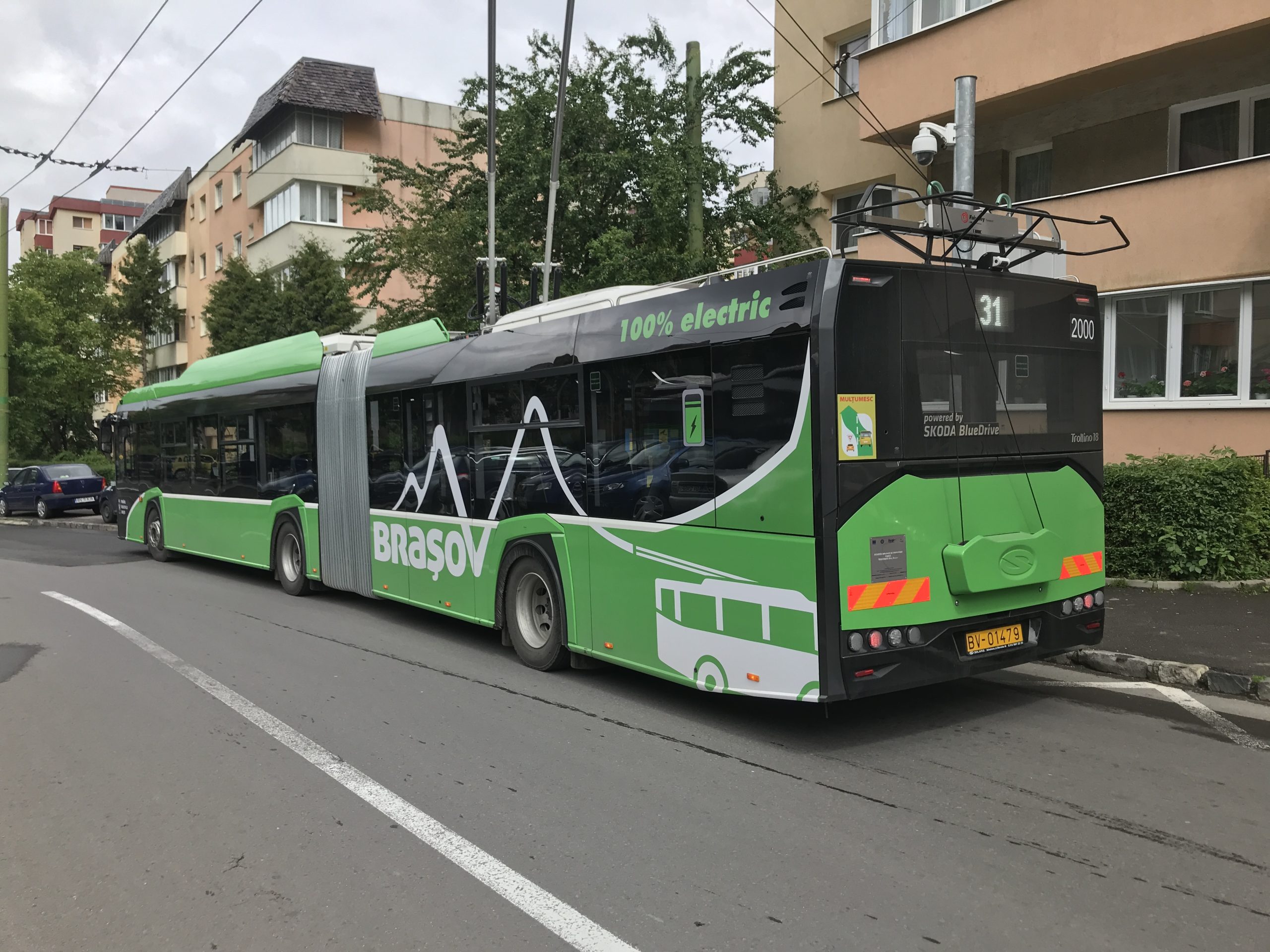

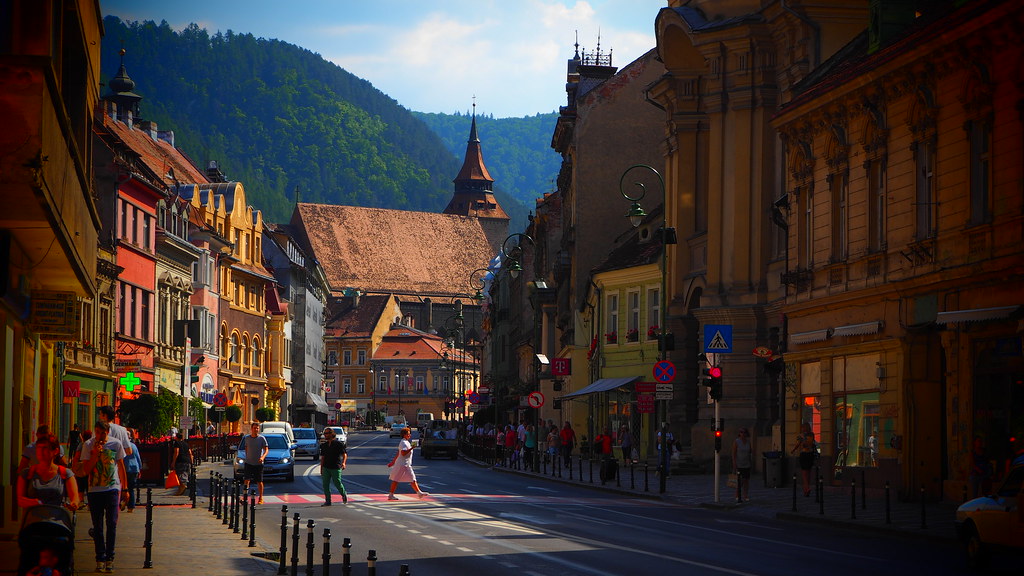
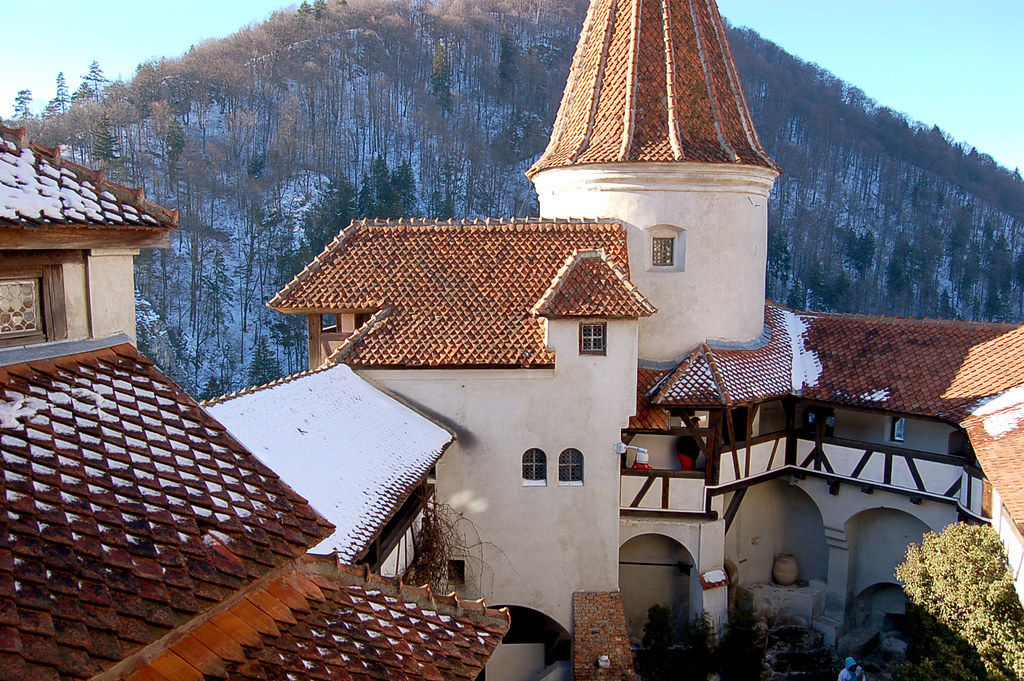
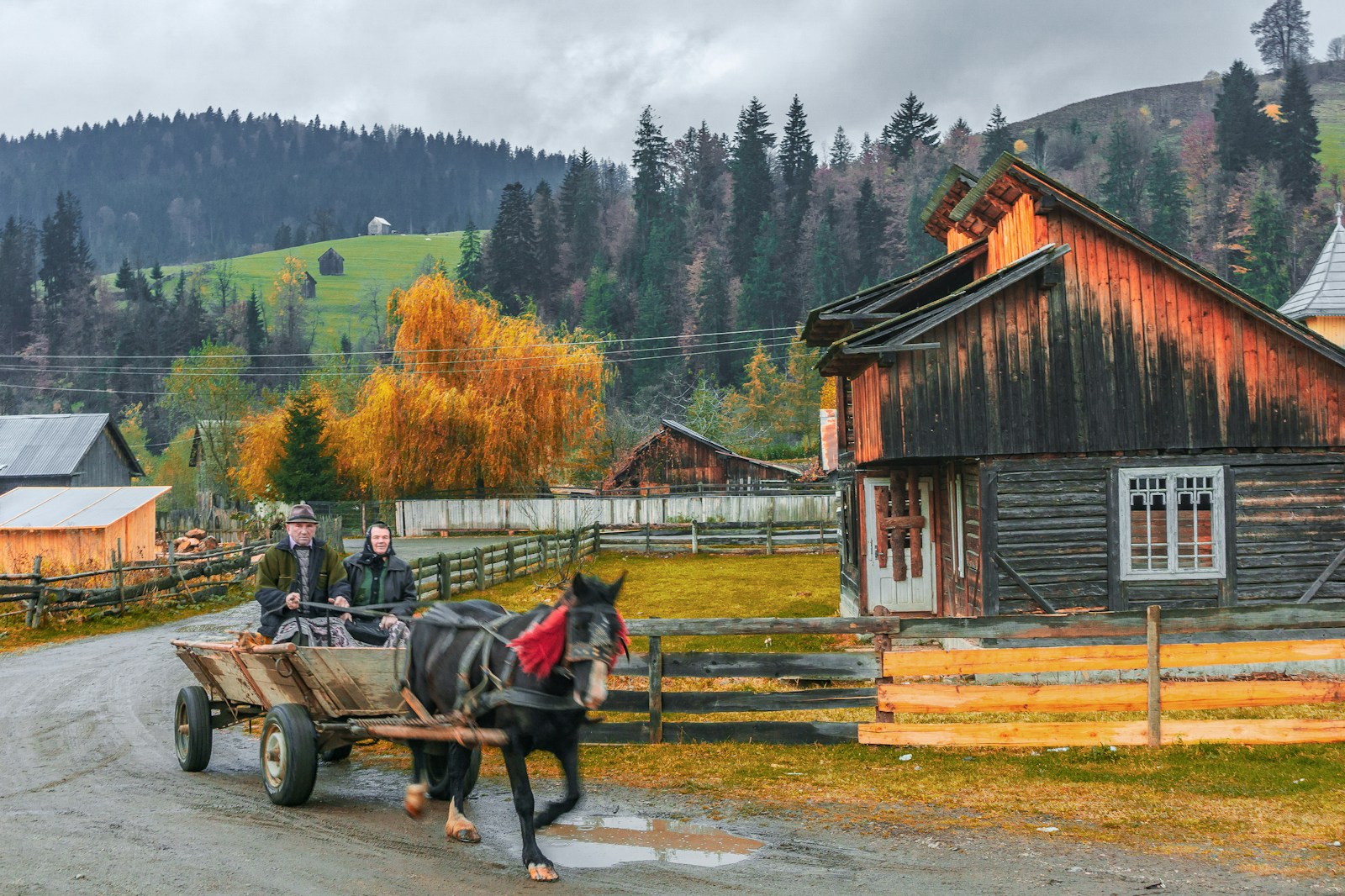
Leave a Reply